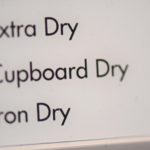Dry’s dry, right? If something’s dry, then it’s not wet, so that’s that. Not so fast!
Life is, of course, rarely that simple. Just as things are rarely just black and white, the picture when it comes to laundry is never a matter of just wet and dry.
Tumble dryers are experts at jumbling things up, and it can take a little investigation work to sort out what’s meant by the attendant terminology.
So, let’s get this question cut and dried.
Cupboard Dry – A Definition
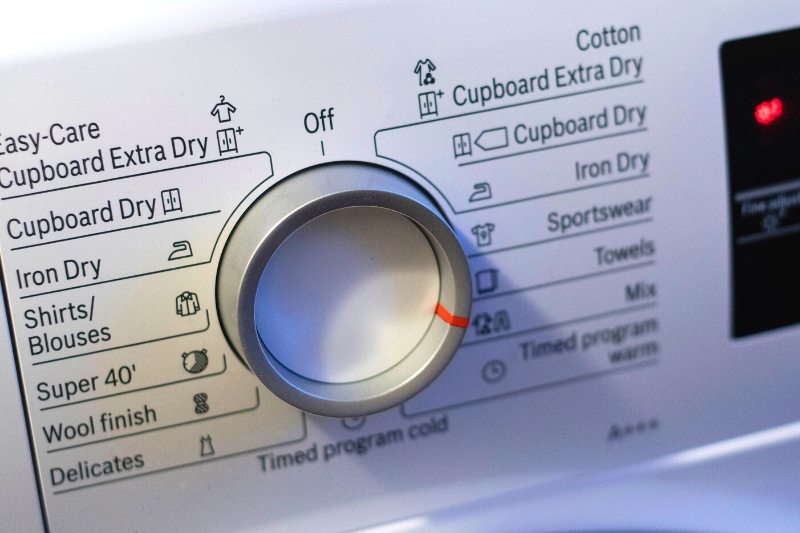
If clothes are declared “cupboard dry”, that means that they should be dry enough to fold and put away. Yes, in a cupboard. You’ve got it.
Why do we even have this expression? It’s because, as we’ll see, there’s more than one level of dryness as far as dryers are concerned.
The interesting thing about cupboard dryness is that, contrary to expectations, the garments should retain some (albeit a tiny amount) of moisture within, between the fibres.
This is to prevent shrinkage, a real problem if clothes are over-dried and come out virtually crispy.
It also means that your clothes should live longer, as the moisture acts as a protector against fibre damage.
Cupboard Dry Caveats
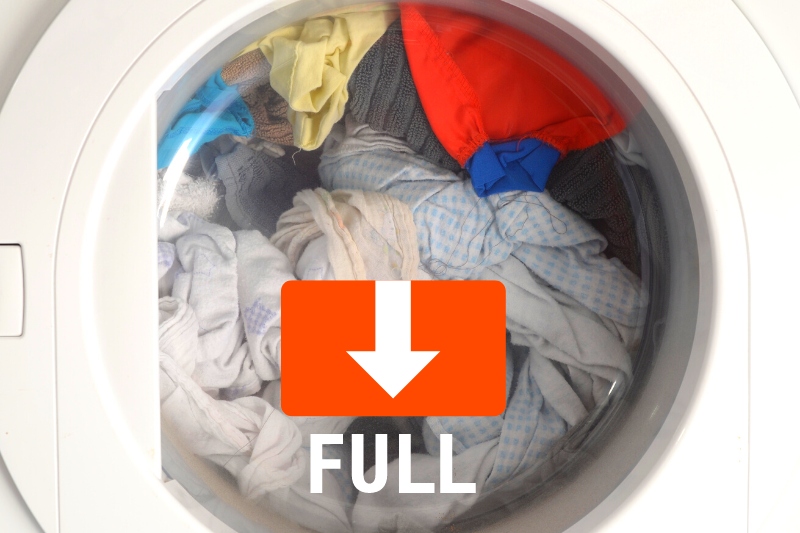
Two things to bear in mind here. First of all, never overload your dryer. Overloading the dryer will stop it from drying effectively.
If you’ve stuffed too many clothes in there you can select tinder dry and your clothes will stay damp, and/or unevenly dried.
Secondly, here’s a funny thing about cupboard dryness: it varies a lot between machines. Different manufacturers have very different ideas about what constitutes cupboard dryness.
You may find one tumble dryer gives you clothes that still need a spell on an airer or even on the line outside. Other machines may give it far too much heat and ruin the entire load.
The lesson here is to test out your machine with a load of laundry you don’t value so much.
Then, once you have an idea of what level of dryness your machine’s talking about, you can go on to use with confidence, or use a different drying level altogether. On the subject of which…
How Many Types of Dry Are There?
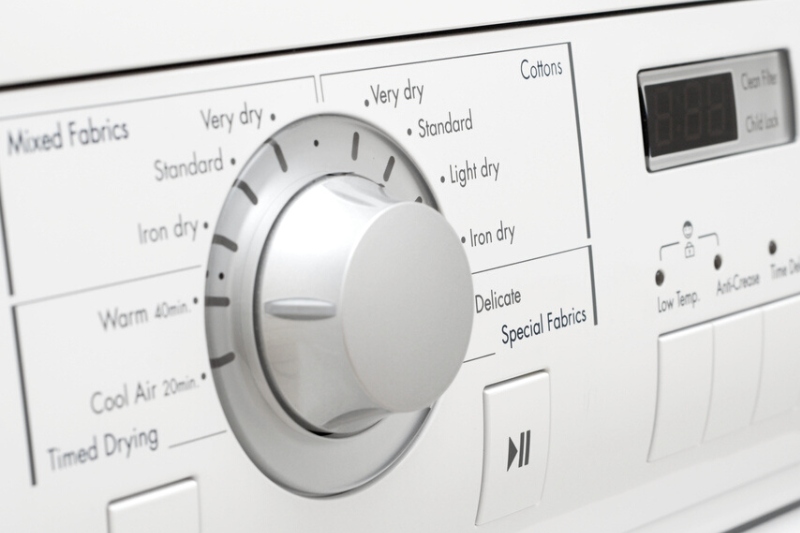
Well, it all depends on the type of dryer you have. But here are the most common ones.
1. Cupboard dry
You know all about this one now, so we’ll move on.
2. Iron dry
This level of dryness leaves the clothes a little damper than cupboard dry. The reason for this is so that the job of ironing is made a little easier, as creases tend to come out of damp clothes easier than they do out of dry clothes.
The act of ironing them should then dry out the residual dampness so you end up with cupboard dryness at the end of your pressing chore.
3. Hanger dry
Clothes will be dryer than iron dry, but will require a short period of hanging, during which creases and residual dampness will disappear.
4. Extra dry
Different from cupboard dry, this is for when you have bulkier items that need a really good going over with the tumble dryer. Bedding and towels are good examples of this.
You’ll also find a delicates drying option on your tumbler. This involves lower temperature settings to avoid damage, but longer drying times so that you do still end up with a garment dryer than when it went in.
Advantages of Cupboard Dry
- As long as you haven’t crammed too many clothes in there, you’ll have a load of beautifully dry clothes, all ready to pop straight into your cupboard or wardrobe.
- Clothes last longer with a cupboard dry setting than with an extra dry setting.
- A cupboard dry setting costs less to run than an extra dry setting.
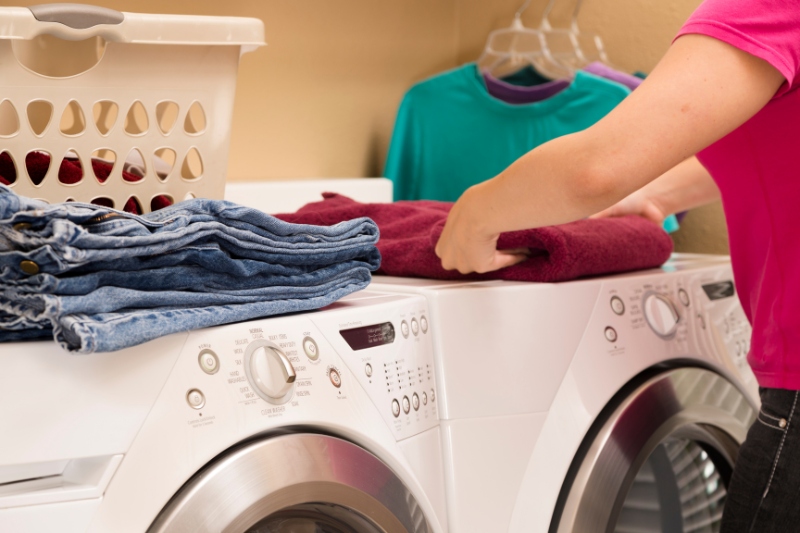
Disadvantages of Cupboard Dry
- Not suitable for all garments, so you need to sort out your washing or you’ll end up with damaged clobber.
- Creases can often be difficult to get out of cupboard dry clothes.
- Not as cheap or as environmentally friendly as hanging outside on a line.
Nice Dry!
Knowing which programme to use for your laundry is often a matter of trial and error: standards differ between machines so much that there’s no substitute for field testing.
However, hopefully we’ve at least given you help in that you now know what cupboard dry means, as well as the other levels of dry.
Aside from all that, though, our preference in general is for drying laundry in the open air. It’s much better for the planet and for your clothes.
So, if you’ve got access to an outdoor drying space, and (crucially!) if the weather’s good, we strongly advise you to take advantage of nature’s dryer.
If you’re restricted to using a tumble dryer, however, just be careful.

Martin’s life revolves around films, dogs and food, but rarely all at the same time. At least two out of these three like to give clothes and furniture a hard time, and Martin enjoys discovering and writing about new ways to stop them doing their worst.


